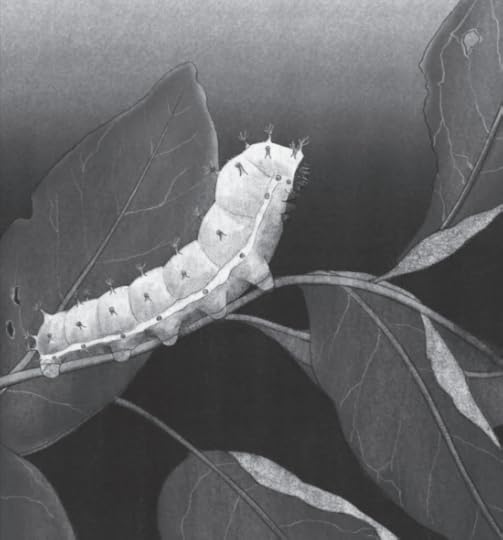Story and Structure by Leon Conrad
Story and Structure – A Complete Guide – also by author, Leon Conrad.
Story and Structure tells the untold story of how story works. Using just six primary symbols, author Leon Conrad outlines eighteen story structures and shows how they all optimally solve the problems which give rise to them.

The book also demonstrates the much wider application of story, presenting new insights into story as a dynamic force of life, allowing the reader to access more harmony and flow in their life. Writers, storytellers, creative writing teachers, folklorists, narrative therapists, anthropologists, poets, and readers interested in how story works will all find this book useful and informative. Rethink your idea of story.

My Review
I don’t understand calculus. I’ll go further – I don’t even know what it is. My late father was a civil engineer and tried to explain it to me. It fell on deaf ears. I made sure I could answer every other maths question in my ‘O’ Level (yes I’m that old) so I could avoid the calculus one.
But in Story and Structure, Leon Conrad uses just six primary symbols to symbolise and outline eighteen story structures. So leaving the calculus element behind, Conrad suggests we select a story to analyse, summarise the story in ‘bare bones’ form, note the opening and closing, and identify the ‘problem’ which gave rise to the story in the first place.

“Stories are based on a series of steps and the order in which they come distinguish different story structures.” Conrad uses The Three Little Pigs as the first example, also using the ‘fortunately’ and ‘unfortunately’ steps. I am not going to rewrite the book here, as I am only reviewing it as a textbook for storytelling – I’ll leave the author to do the rest.
We begin with a simple Quest structure. It’s the first in our eighteen story structures. There are only basically four symbols (back to calculus), representing Opening, Initial Situation, Final Situation and Closing. I particularly like the example of Nasr-el-Din and the Walnut Tree.
The author examines the different structures in great detail, using the calculus symbols to explain the flow. Of course most stories are far more complicated than The Three Little Pigs and introduce a variety of characters other than the pigs (heroes), the wolf (villain), and who can help the pigs in their ‘quest’.
As we progress, we look at other structures such as Transformation, Trickster, The Chinese Circular Structure and Creation Myth. These are just a few examples of the eighteen types of story. There are examples of stories from around the world, beautiful illustrations by Jason Chuang, and numerous notes and references.

I studied Creative Writing as part of my OU Humanities degree and I remember discussing the classic story arc of plot structure ie Exposition, Rising Action, Climax, Falling Action and the Resolution (Freytag’s pyramid theory). However, Story and Structure takes this to a whole new level and should probably appear on the Creative Writing syllabus in the future. It’s certainly very interesting.
Many thanks to @LiterallyPR for inviting me to be part of the #StoryandStructure #blogtour.

About the Author
Leon Conrad is a multi-award-winning, traditionally published author and storyteller. He has been a regular columnist, had articles published in journals and magazines, written theatre shows, and contributed to radio programmes. He teaches creative writing and is a meticulous and collaborative editor and story structure consultant to both fiction and non-fiction writers, ‘plotters’ and ‘pantsers’ alike.

Buy Link
www.amazon.co.uk
Goodreads
www.goodreads.com
Handles/Tags
Literally PR
Instagram – @literallypr
Twitter/X – @literallypr
Leon Conrad
Instagram – @LeonConradStory
#StoryAndStructure #bookstagram



